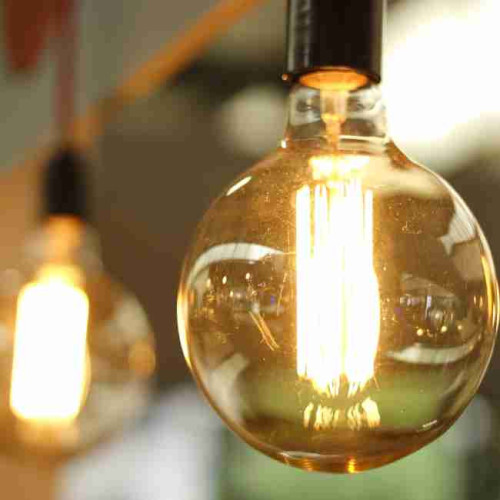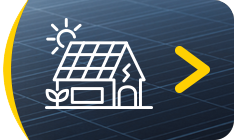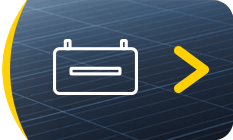- 05 Oct, 2017
- Solar Training , Self-consumption , Using and installation

Electricity prices are constantly on the rise, making us all wonder: How can we save energy and safe money on our electricity bill? The future does not look very bright in terms of energy costs, by the way. A further rise in prices by up to 30% is excepted until 2017.
Solar installations are a first way to better consume your energy and reduce your bills, either by securing income through resale or by directly consuming the energy you produce. But even with photovoltaic panels, it may be useful to continue to monitor your energy expenses. Indeed, the latest studies show that Europeans consume on average 30% more electricity than Americans and Asians. So we consume poorly and waste a lot. Here are some ideas we have gleaned to improve this situation.
Some useful tools
- Energy consumption control kits: these are kits that can easily be installed between the socket and the electrical device and record the consumption of your devices and send them directly to your PC so that you can analyse your consumption habits. Some of them also allow you to program the activation of your devices so that they consume electricity only during off-peak hours. On some models, there is also a standby economy function. This kind of kit can be a good investment for those who want to start in photovoltaics; by accurately determining your energy needs, it gives you an idea of what is the most advantageous to do for you between selling your electricity or consuming it directly.
- Solar optimizers: the optimizer as its name suggests optimizes the power of each solar module individually. For those who have already invested in photovoltaics (or who intend to do so), the optimizer to help you in some cases to take full advantage of your installation. Indeed, a network inverter takes the lowest voltage in a string, i.e. a set of panels connected in series. Thus, if one of your panels does not work as well - due to shade, poor inclination or simply because of differences in ageing between your panels - it is the performance of the entire installation that is affected. by allowing the panels to be individualized, the optimizer helps you increase your production by up to 15%. You will therefore use the electricity grid less if you consume your own electricity and consume more cleanly. For resellers, the profit in terms of income also makes sense.
Projects to follow
- The Smart House/ Smart Grid project: it is a centralized control kit project that can not only manage the consumption of your devices in your absence by detecting the best times to start them up, but also detect the production of renewable energy to help you make your consumption green and eco-friendly. Thus on sunny or windy days, it would allow you to consume the excess wind and solar energy your equipment produces. Also, if you own a PV installation, a special feature allows you to supply your neighbours with your excess solar energy.
- The Lavrio self-powered building (Athens, Greece): like all self-powered buildings, this one using solar and wind energy found itself confronted with the whims of the weather. How can we avoid using an external energy source in case of cloudy and windless weather? Here, storage is key as excess production would be wasted without it. However, batteries take up space and are expensive. They have therefore developed an innovative storage method: they convert the energy produced into hydrogen by electrolysis. It takes up less space, and the production of heat and electricity by hydrogen does not emit greenhouse gases.
You also have useful tips you would like to share with us? We are looking forward to reading your comments.











